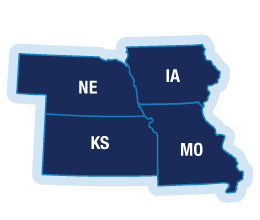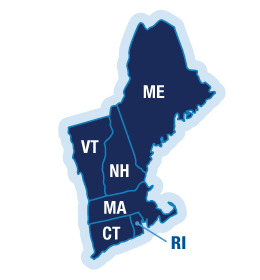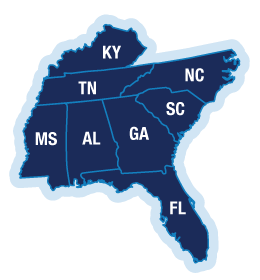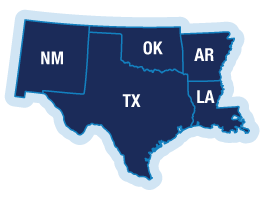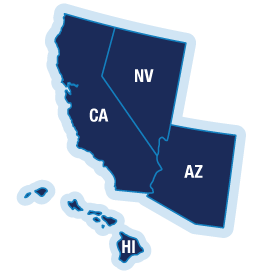Great Lakes Region
Tuesday, June 10, 2025
- About Us
- Areas Served
- Background
- STEM Aviation and Space Education
- FAA Regional Administrators
- Noise Concerns and Inquiries
- FAA Community Engagement
About Us
The Great Lakes Office of the Regional Administrator is one of nine offices that comprise National Engagement and Regional Administration. The Regional Administrator, as the Senior FAA Official in the geographic area, provides leadership on key agency priorities, such as horizontal integration across the FAA Lines of Business and Staff Offices to ensure the Agency is providing consistent stakeholder support and engagement.
The office partners with Federal, state and local governments and others to promote aviation safety and education across the region. The office addresses airspace and procedure modernization, runway safety, aviation workforce development, finance, information technology, policy, human resources, and civil rights.
Areas Served
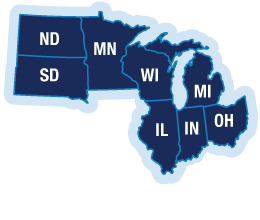
- Illinois
- Indiana
- Michigan
- Minnesota
- North Dakota
- Ohio
- South Dakota
- Wisconsin
Background
The Great Lakes Regional Administrator oversees responsibility for the O'Hare Modernization Program (OMP). The OMP is a collaborative initiative between the FAA, the City of Chicago, and commercial airlines at the Chicago O'Hare International Airport (ORD). The multi-year, multi-billion dollar transformation of ORD will change the airport from a predominantly intersecting runway airfield with seven runways to six parallel runways and two crosswind runways. The Great Lakes Region has four Core 30 airports. In the summer, FAA air traffic controllers safely handle the thousands of planes that fly in and out of Oshkosh, Wisconsin's Wittman Regional Airport during the Experimental Aircraft Association (EAA) AirVenture fly-in. The airshow is the largest annual general aviation event in the world.
STEM Aviation and Space Education
Within the region, the FAA's Science, Technology, Engineering, and Math (STEM) Aviation and Space Education (AVSED) Program is an integral part of agency outreach and the national education system. The program was established to expose students to aviation and aerospace careers and to promote STEM education.
FAA Regional Administrators
FAA's nine Regional Administrator offices are strategically located across the country, each serving the public by supporting and coordinating operation of a national airspace system that ensures airports are safe, efficient, environmentally responsible, and meet the needs of travelers.
Noise Concerns & Inquiries
File a noise concern or inquiry in the Great Lakes Region.
FAA Community Engagement
The FAA is committed to inform and involve the public, engage with communities and give meaningful consideration to community concerns and views as we make aviation decisions that affect them.
Airspace and Airport Projects
- Metroplex
- Single-site
Chicago O’Hare Fly Quiet 21 Proposal
FAA Workshops and Informal Airspace Meetings
Chicago Midway International Airport (MDW) Virtual Informal Airspace Meetings


